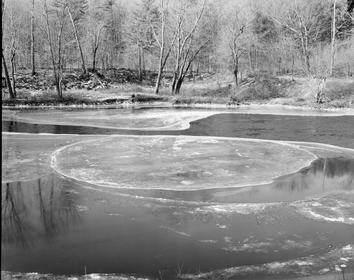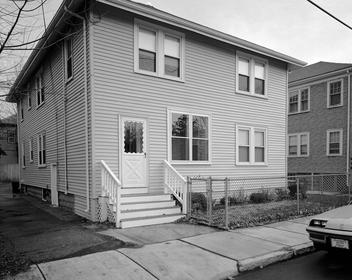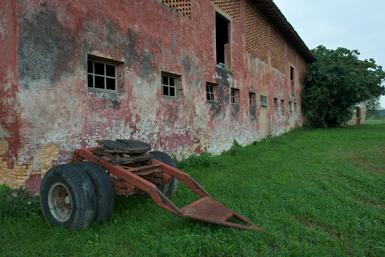 Italy, 1990 near Duino along the Adriatic
Italy, 1990 near Duino along the Adriatic
These photographs seem like they are from another time, another life.
You get so old you can't believe that was you 30 or 40 years ago. The reason for this retrospection?
I've been scanning old negatives.
It's brought me back to the 80's and 90's when I was a full-time professor and an 8 x 10 photographer.
 1986 near Prescott, AZ with the Toyo Filed 8 x 10
1986 near Prescott, AZ with the Toyo Filed 8 x 10
8 x 10 photographer? Yes, this was an "identifier", a title to a certain way of photographing. To be an 8 x 10 photographer tended to mean you were someone who was very serious about your pictures, someone disciplined and something of a control freak. You needed to work clean (because of dust), most needed to have things like an 8 x 10 enlarger (often mounted on its own concrete pad to minimize vibration) and huge lenses that were very slow and very expensive, a heavy tripod and a dark cloth that you'd drape over your head when composing your picture.
I've been looking at work from Italy where I would teach most summers near Trieste or north of Rome in Viterbo. Summer after summer, a frantic pace of classes and shooting trips, weekends on my own in a rented car driving all over with the 8 x 10. Hundreds of sheets of black and white film shot each summer, spending months back in my darkroom just processing the film, often finding it would be February or March before I started to print.
 Marble Quarry at Cava Romana, 1992
Marble Quarry at Cava Romana, 1992
Years of this, not even thinking that this was a massive amount of work, not caring, for I loved it so. I am not sure this way of working would be possible today, with airport security being so tight and x-raying being so pervasive.
 Tuba, near Trieste 1991
Tuba, near Trieste 1991
 Tarquinia, 1992
Tarquinia, 1992
By the early 90's, 8 x 10 was a greased system for me, practically the only thing I shot. Fluid and frequent with it as if it were something handheld or for any kind of photography. I'd just as soon haul it out to shoot a class picture at my daughter's school as I would to make a grand landscape on the edge of a cliff at Les Baux in Southern France. It was just the tool I used to make my pictures. Ed Ranney from Santa Fe is a friend who was like this with a 5 x 7 or a 4 x 5 and I admired his work, so emulated his approach. He was fast and easy, no fuss, make the picure and move on. Likewise with Emmet Gowin. I liked his Italian garden pictures from the 70's and, yes, pointed down at gardens in Italy when I could, just like he did.
 Near Viterbo, 1994
Near Viterbo, 1994
 A new road under construction near Muggia, 1993
A new road under construction near Muggia, 1993
What was it about this format? The negatives contained so much sheer information that one never had to think about whether it would get that or if it could render that with subtlety and refinement. I never thought twice about making big prints from those negatives, and did. For a while 20 x 24 inches was a common size for me and I made many prints that were 5 feet across. In fact, I was proud of my craft for it was very difficult to be good with this large camera. I worked at my own development as well, researching and trying different films and developers, staining my negatives in Pyro for years, toning my prints in Selenium or more exotic metals, including gold.
The craft was intertwined with the final print, the imagery integral to the process.
What I photographed was in full knowledge of what that image could become as a beautiful print.
But, and it is a big but....
This is the truth and the real point of this post: No one but me knows this work, no one but me cares to see them, as prints or here in the blog. Nothing will happen to this work unless I make it happen and no one will choose to scan them when I am gone. They will have existed as physical negatives made in the late 20th century and then they will not. No one will know how to edit them and no one will care to do anything with them.
 Near the coast at Tarquinia 1992
Near the coast at Tarquinia 1992
In present times, photographs can't exist unless they are digitized. I can't show these pictures to you in this form without scanning the negatives or prints first. I can't submit this work for exhibition or a grant, I can't share them without first making them into O's and 1's using a sensor.
8 x 10. A few still use one. Bruce Myren locally to the Boston area does good work with one. Mercedes Jelinek and Liz Ellenwood, young photographers that use my old camera. Sally Mann I presume. Don't know if Emmet still uses his.


 Trieste, 2009 ©Neal Rantoul
Trieste, 2009 ©Neal Rantoul Italy 2009 ©NEAL RANTOUL
Italy 2009 ©NEAL RANTOUL Sistiana Mare, Italy © NEAL RANTOUL
Sistiana Mare, Italy © NEAL RANTOUL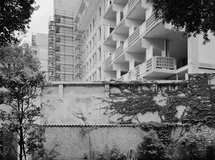
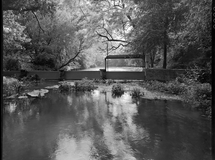
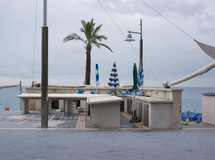
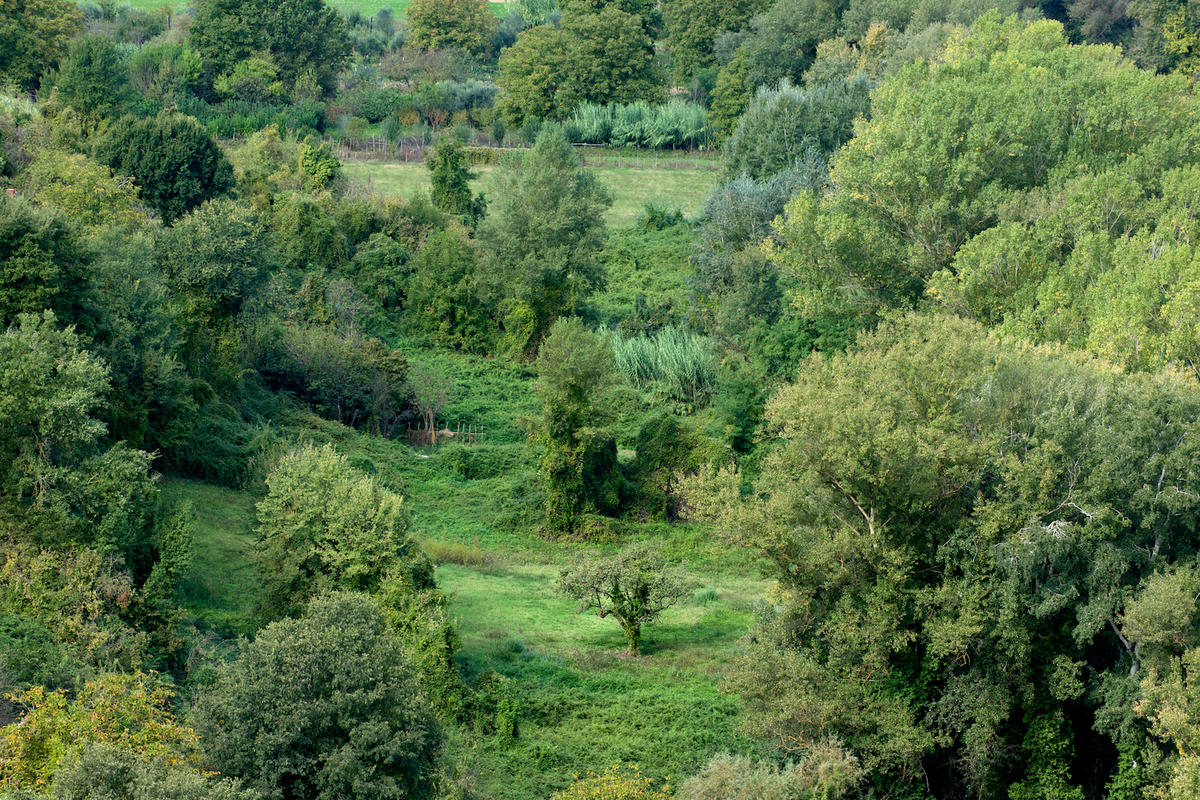 Orvieto, Italy 2009
Orvieto, Italy 2009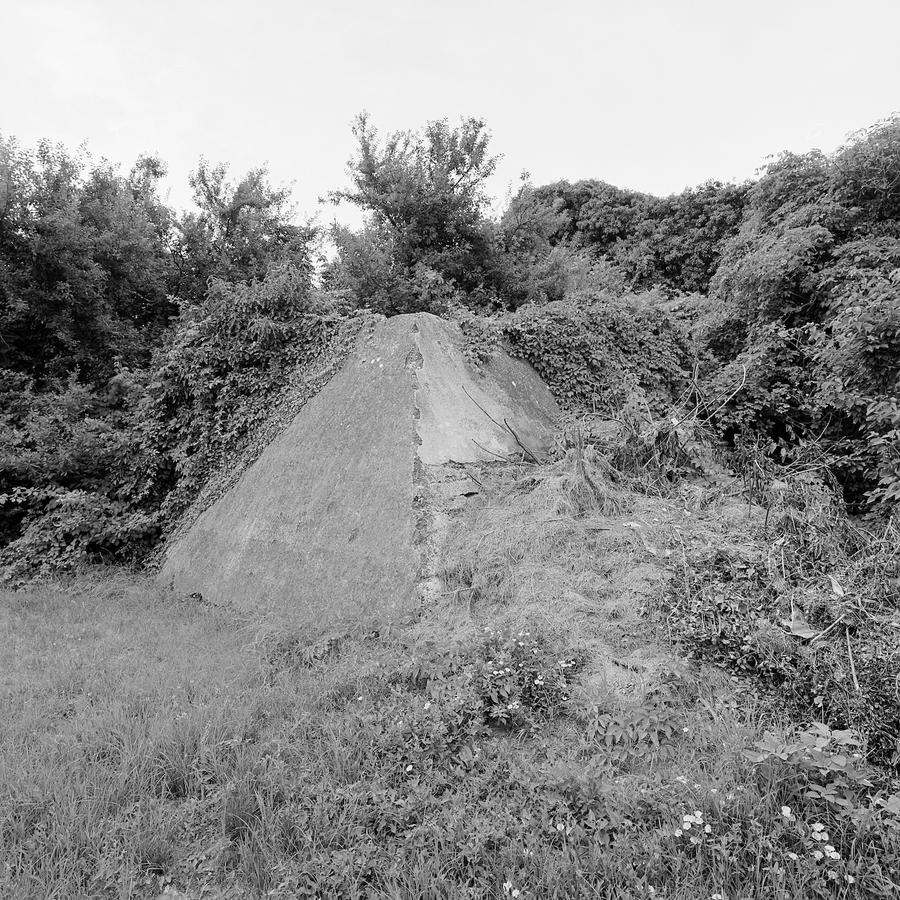 Arsenale, Venice, Italy 2007
Arsenale, Venice, Italy 2007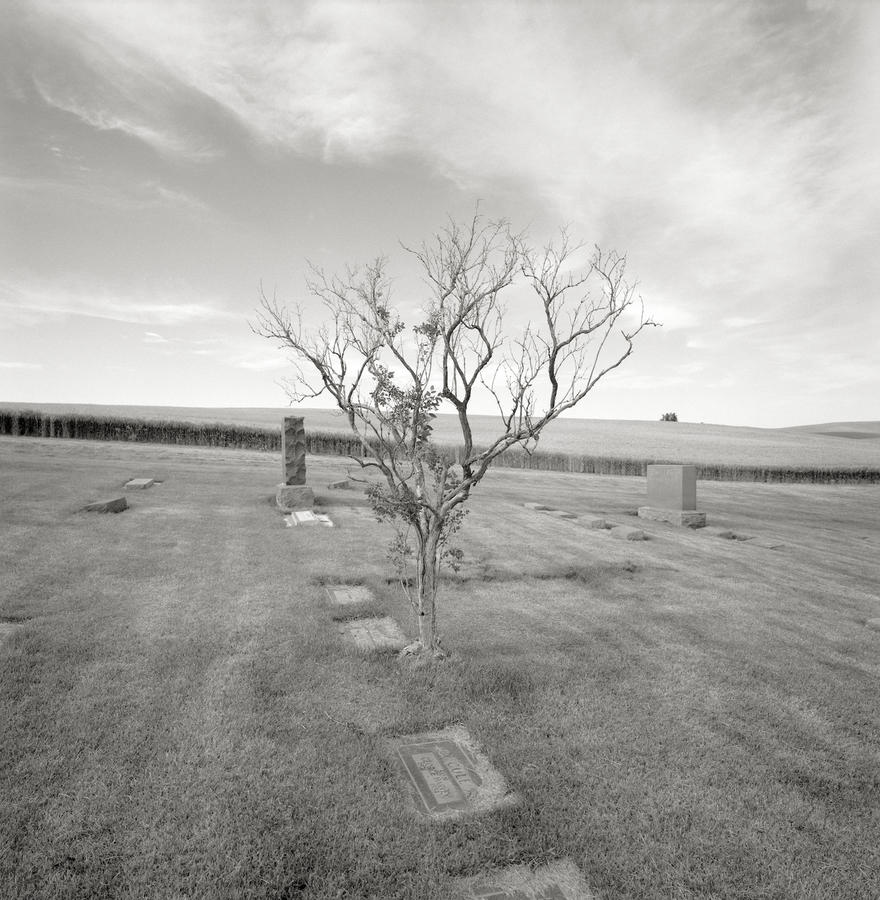 Oakesdale Cemetery, Washington 1997
Oakesdale Cemetery, Washington 1997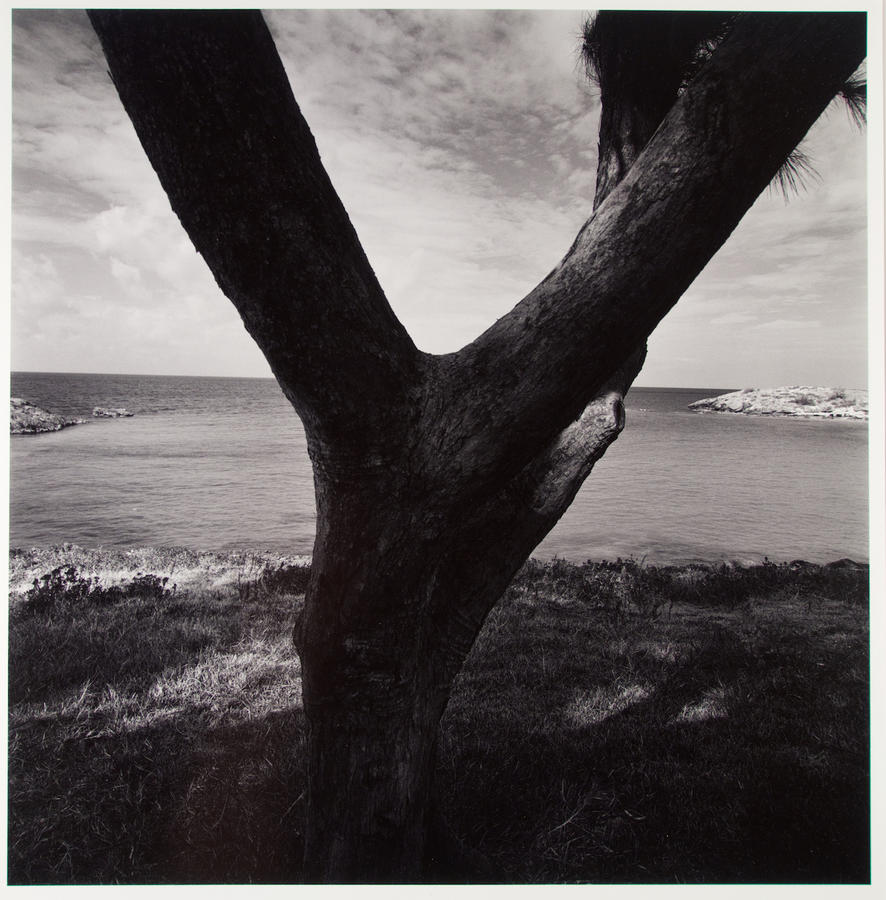 Bermuda 1982
Bermuda 1982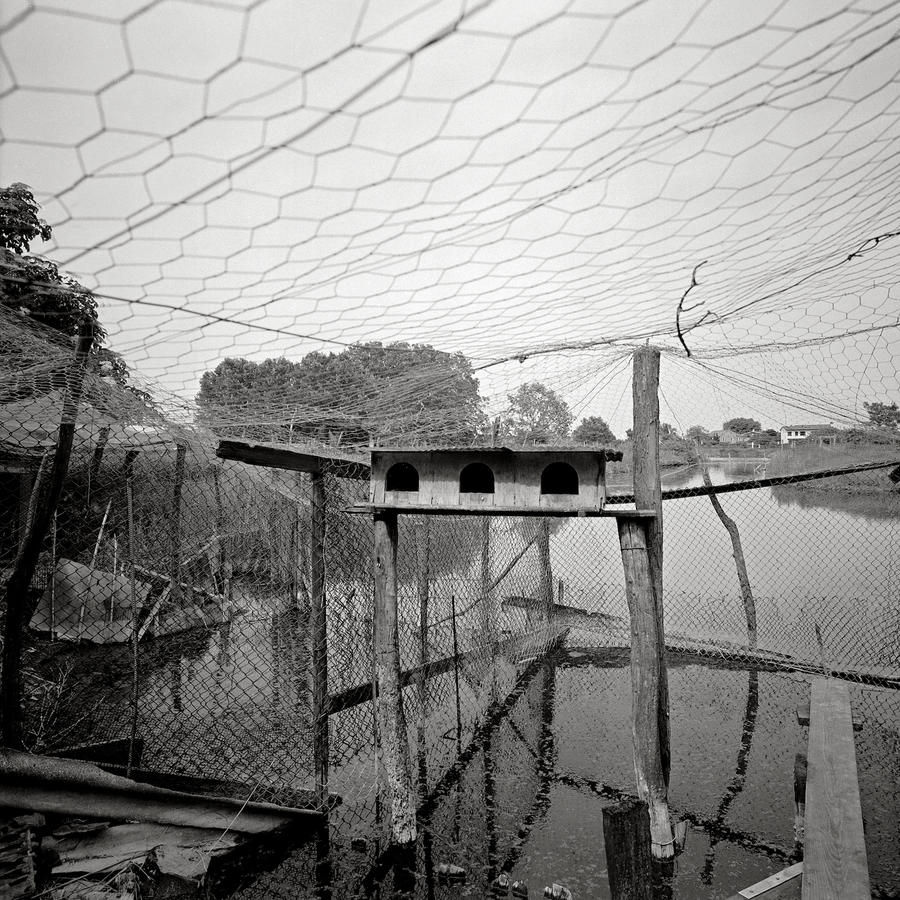 Vignole, Italy 2006
Vignole, Italy 2006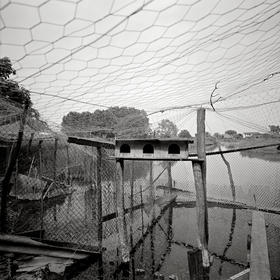
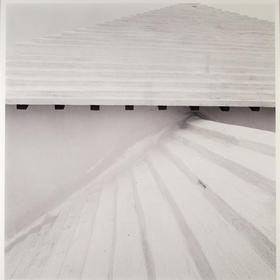

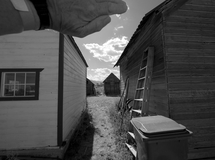
 Italy, 1990 near Duino along the Adriatic
Italy, 1990 near Duino along the Adriatic 1986 near Prescott, AZ with the Toyo Filed 8 x 10
1986 near Prescott, AZ with the Toyo Filed 8 x 10 Marble Quarry at Cava Romana, 1992
Marble Quarry at Cava Romana, 1992 Tuba, near Trieste 1991
Tuba, near Trieste 1991 Tarquinia, 1992
Tarquinia, 1992 Near Viterbo, 1994
Near Viterbo, 1994 A new road under construction near Muggia, 1993
A new road under construction near Muggia, 1993 Near the coast at Tarquinia 1992
Near the coast at Tarquinia 1992